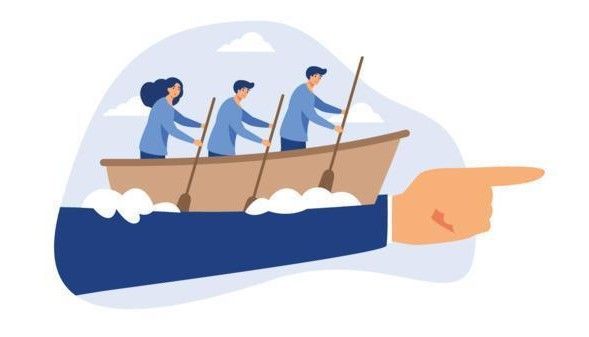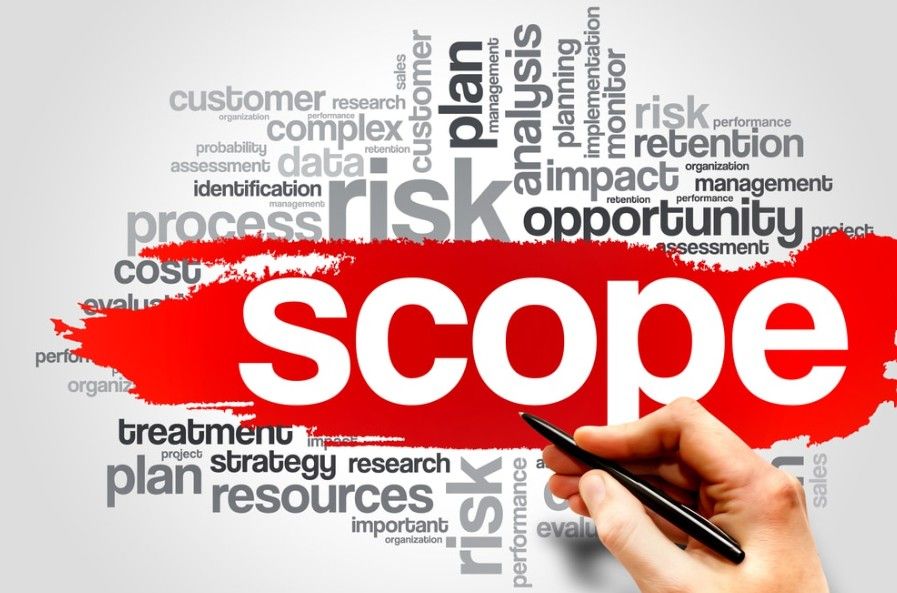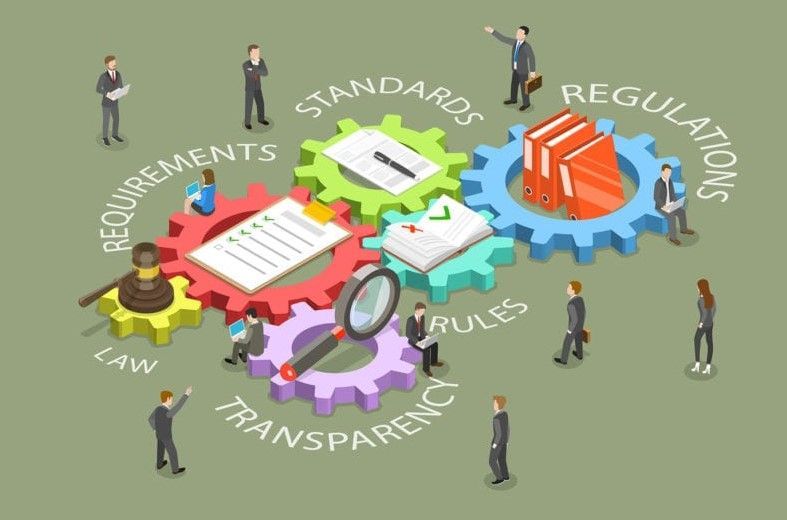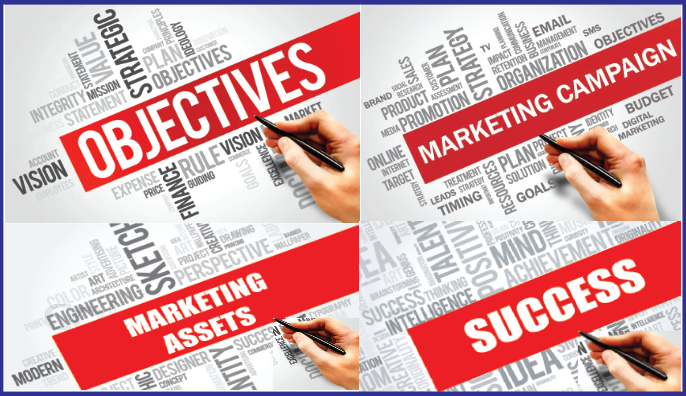Offshoring and the Failure of Selling
June 17, 2025
The good news is that manufacturing is returning to the U.S. The bad news is that much of it should never have left in the first place. [Note: This post was updated March 10, 2020.]
During some 20 years as an owner of a manufacturing company and in charge of business development, I became convinced that a large portion of the manufacturing work being outsourced from the U.S. should not have left the country. Yes, at the time several issues did argue reasonably for outsourcing, especially a lower cost of labor. Unfortunately, the much-touted advantages weren’t always what they appeared to be and some disadvantages weren’t given enough consideration, such as unexpected supply disruptions like those caused by diseases–SARS early this century, for instance, and the corona virus in 2020.
Or take cost savings. While labor might have been cheaper in some regions of the world, companies didn’t necessarily understand the true, fully loaded costs—and significant risks—of setting up and maintaining overseas supply chains. A big part of the problem was that sales processes to educate and persuade domestic manufacturers about these issues were either extremely weak or non-existent. Strong such processes might well have kept more manufacturing in the U.S.
In some cases, American manufacturers just assumed that buying overseas was in their best interest because of the comparative labor rates, lower benefit costs, and apparently fewer regulations. In other cases, there were attempts to show value versus cost over the life of a part number, assembly, or finished product from lower quality costs or extended life of the product. In many situations these attempts weren’t enough to keep the work on U.S. soil.
“Sixty percent of companies make sourcing decisions based on rudimentary metrics, such as wage rate, ex-works price, or landed costs, often resulting in a 15-to-30-percent understatement of actual offshoring costs,” explained Harry Moser of the Reshoring Initiative ( http://www.reshorenow.org/ ). The Reshoring Initiative’s goal is to bring manufacturing jobs back to the US. The organization helps companies determine the total cost of offshoring and educates them about less expensive domestic resources.
Keep in mind, however, that education alone won’t do the job because it rarely results in sustained behavior change. That requires persuasion. In any industry simply “telling” prospects some facts—in this case, about fully loaded costs and risks—too often falls short of persuading those prospects to act in their best interests. Telling, or educating, is akin to marketing. Persuasion, on the other hand, is a form of selling. Our firm’s work over the past 25 years has shown that a strong sales process that communicates unrecognized costs (soft and hard) and other risks can be extremely persuasive. We cover how to do just that in our FOCIS® Selling course, which teaches consultative selling skills to business developers and helps build strong customized sales processes. (Contact us at 847-446-0008 or pkrone@productivestrategies.com to learn more.)
Here are some risks and costs that manufacturers considering offshoring need to take into account:
| • | The risk of off-specification ingredients blended into a product. An example is dog food that contained harmful poisons from China or alloys that fell short of U.S. certification levels that resulted in products field failures. |
| • | The risk of intellectual property being stolen to make counterfeit goods. Some U.S. manufacturers found that when they bought offshore tooling, they were paying for a duplicate set to be used by partners, even relatives, of the supplier who then competed with the U.S. supplier. |
| • | The risk of long, or disrupted, supply chains that render in-transit products useless when quality issues are discovered too late. |
| • | Political risks, including tariff impositions. |
| • | The cost of travel overseas to qualify suppliers, kick off programs, discuss design changes, and myriad others that are multiplied significantly over those costs incurred domestically. |
| • | The cost of quality related to internal scrap, warranty claims, loss of customers, and others. |
Effective persuasion with respect to reshoring (or any industry) goes beyond telling, which is what our list above does, to showing. A sales process customized to persuading manufacturers to remain in the U.S. or to bring their operations back shows the implications of sending production overseas by calculating the true costs. The Reshoring Initiative offers tools that can assist with such efforts.
Consultative selling uses persuasion to speed up the sales process in a number of ways. Our popular course teaches the behaviors and techniques the very best salespeople use—that 20 percent that bring in 80 percent of all new business. Please get in touch with us if you’d like to learn more. Just contact us at 847-446-0008, Ext. 1, or pkrone@productivestrategies.com .
A Sales Hall of Famer
No Oscars, Emmys, or halls of fame honor superior salespeople. Yet they ought to because “nothing happens in business until somebody sells something.” Entrepreneurs with wondrous ideas, ambitions, and visions cannot realize those ideas, ambitions, and visions until they can sell them, first to investors and then to customers. Successful salespeople make that happen. The very best do it by establishing and maintaining professional standards of integrity and fair exchange of value. They also share their knowledge and skills with those who come after them.
Jim Phillips was one of the very best. In 1995, after a 40-year career at Chicago-based US Gypsum (USG), he retired as senior vice president of national accounts. For nearly a quarter century afterward, until his death just last month at age 89, he mentored up-and-coming USG executives and business developers, often at one of the many Loop restaurants where he was greeted warmly as a “regular.”
Several U.S. Gypsum salespeople remarked at his wake that Jim had scheduled breakfasts and lunches with them for the week he died. Jim Phillips should be remembered not only for making things happen in business but also for “paying it forward” during his career and beyond. And, of course, he knew how to coax smiles. They came his way every time he confided that he was 50 percent Italian and 100 percent Irish.
The post Offshoring and the Failure of Selling appeared first on Productive Strategies, Inc..










